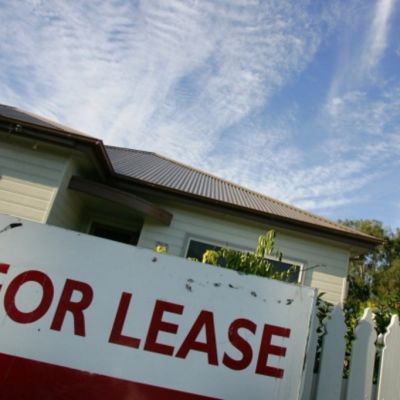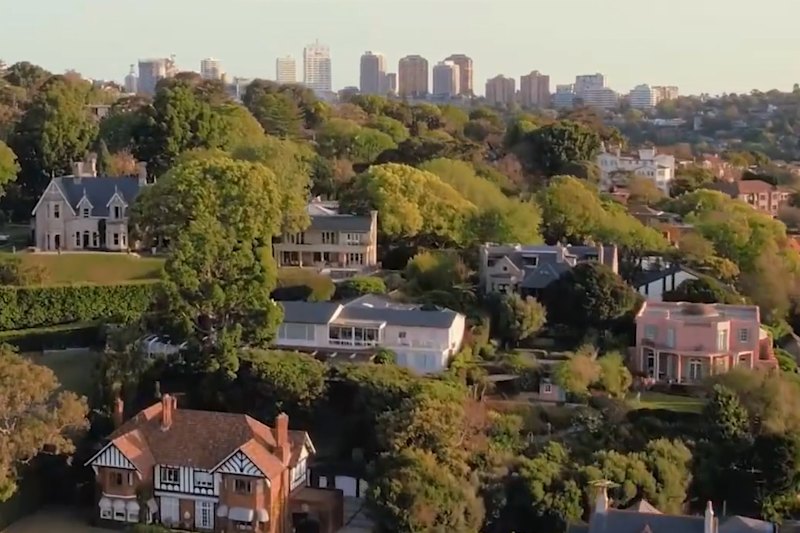Idea to limit number of properties a landlord can have 'genuinely stupid': expert

Stopping investors from amassing huge portfolios of property might be on the wish list for struggling first-home buyers. But experts have slammed the idea, claiming it wouldn’t be a fix for housing affordability.
Grattan Institute chief executive John Daley said the idea was “genuinely stupid” after a report by the Australian Financial Review on Tuesday claimed the government has investigated this option.
In fact, one of the major problems facing those in the housing market today was not multiple property owners but so-called “mum and dad” landlords with just one investment property, Mr Daley said.
“One of the fundamental problems with the Australian rental market is that it doesn’t have enough multiple property landlords,” he said.
Recent data from the Australian Taxation Office found slightly fewer landlords in the market but more investment properties per landlord overall.
But the vast majority of Australia’s 2 million landlords did not have a substantial portfolio – 72 per cent had one property in the 2015-16 financial year and 90 per cent had two or fewer.
Mr Daley said those with large portfolios – such as 10 or 20 investment properties – would be more inclined to offer long-term leases and stability for tenants.
“There are very few big landlords and very few long-term tenancies.”
While the idea of portfolio investors helping the market was “counter-intuitive”, he said it did not make sense to blame housing affordability on a small number of multiple property owners.
BIS Shrapnel senior manager residential Angie Zigomanis was “not sure” putting a limit on the number of properties was a good idea.
“If someone wants to add more properties to the rental stock, I don’t think we should be stopping them,” Mr Zigomanis said.
Instead, he recommended limiting deductions that could be claimed, as it would “reduce the willingness of an investor to pay top dollar for the property”.
A limit on how much an investor could negatively gear, in dollar terms, was also under investigation as a potential option.
But SQM Research managing director Louis Christopher said a cap on the total number of properties, including negatively geared properties, was a good idea “conceptually”.
“For those who own 20 properties that are all negative geared, it does need to be done,” Mr Christopher said. “But where you draw the line is political – two properties? Five?
“It’s a very small proportion of the population when you get to three properties plus, and at that point it would only have a small effect [on the market].”
A limit of one property would, however, have an impact on the overall demand from investors, he said.
Changes to negative gearing and other tax breaks on property investors have been up for intense debate for the past 24 months.
Domain Group chief economist Andrew Wilson said any moves to interfere and reduce investment activity would be a “disruption in the rental market” – whether from altering the tax mix or limiting how many properties investors could buy.
“It would cause higher rents, and we already have a tight rental market,” Dr Wilson said.
We recommend
We thought you might like
States
Capital Cities
Capital Cities - Rentals
Popular Areas
Allhomes
More
- © 2025, CoStar Group Inc.










